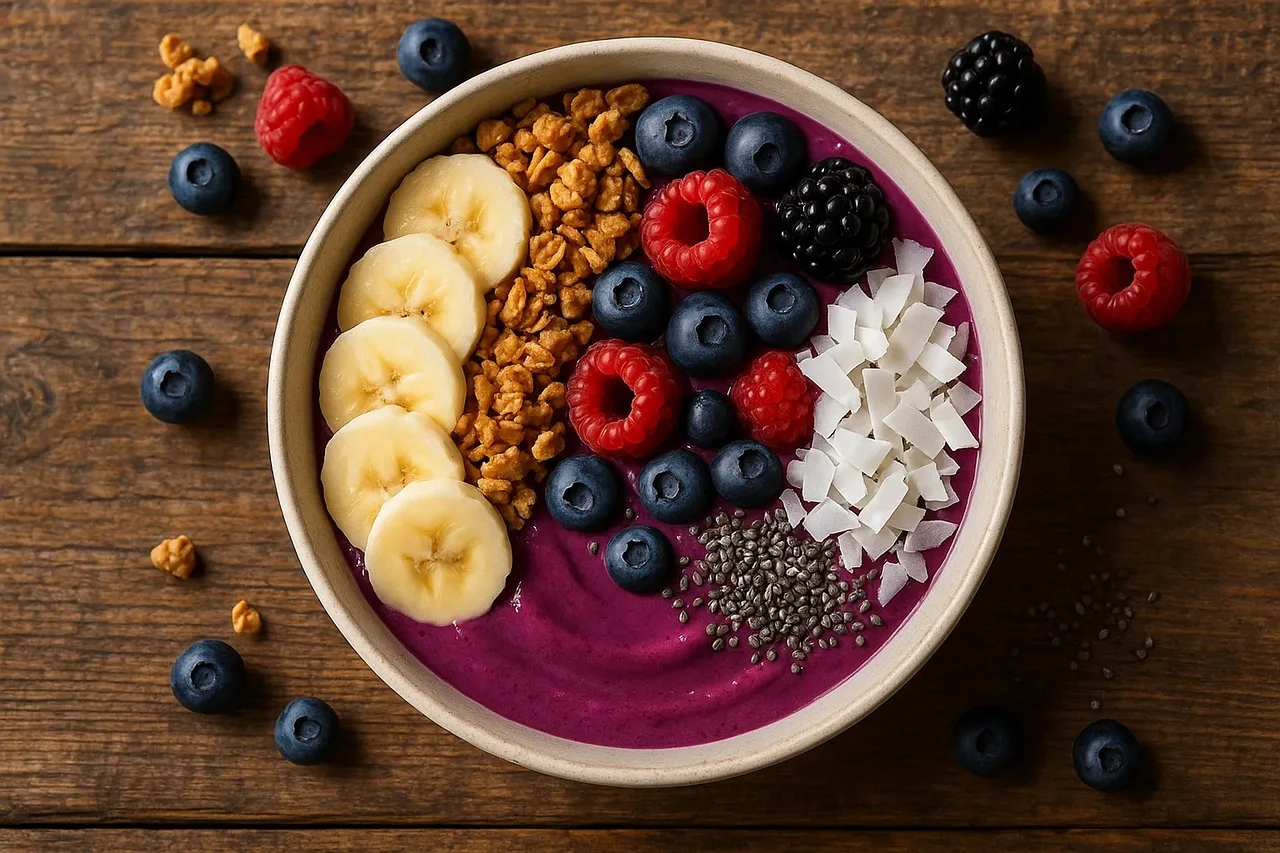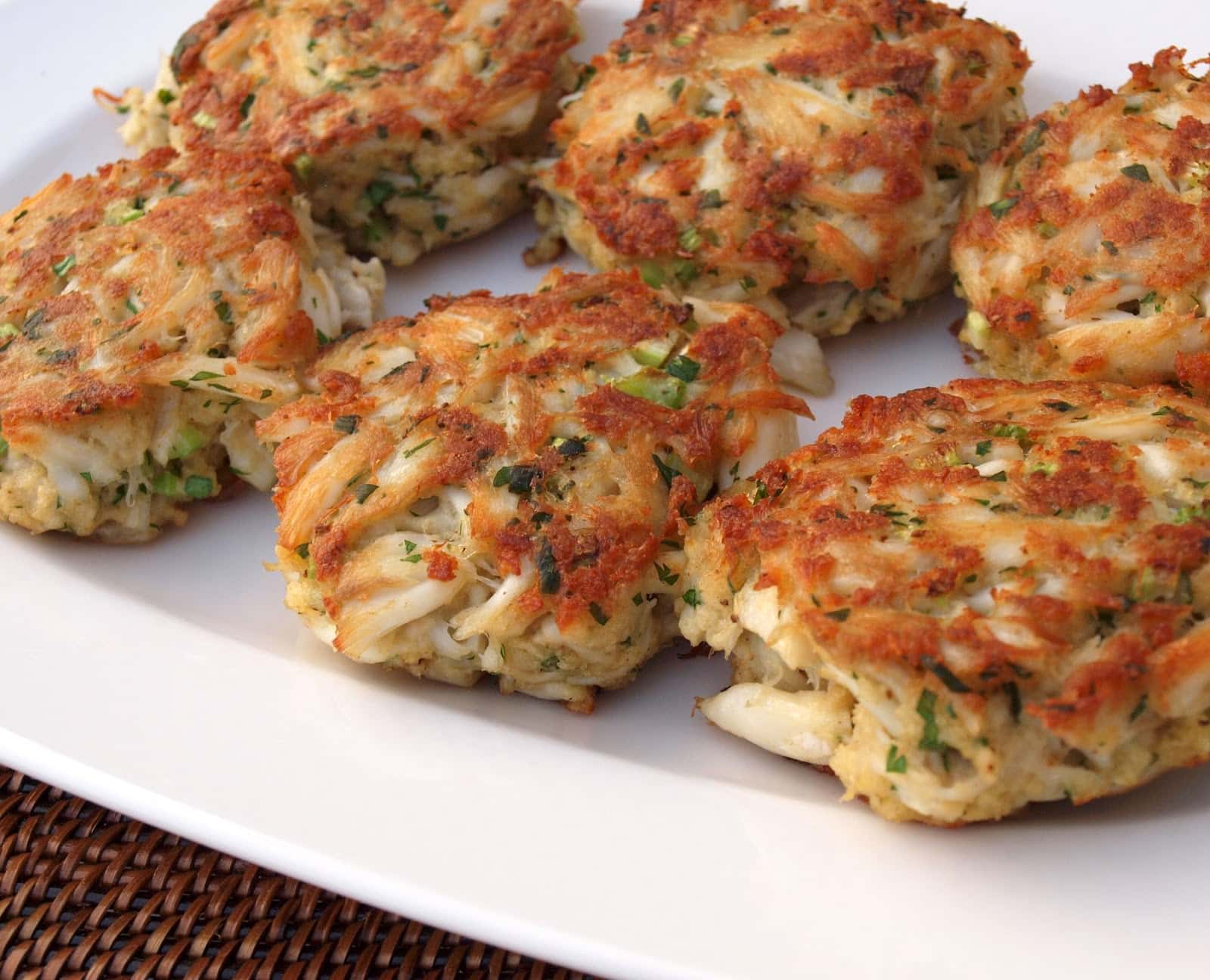Crab cakes are a beloved seafood delicacy, cherished for their rich flavor and tender texture. Whether you’re a seasoned chef or a home cook looking to impress, mastering the art of the perfect crab cake can elevate your culinary repertoire. This comprehensive guide will walk you through a classic crab cake recipe, offer variations to suit different tastes and dietary needs, and provide essential tips on storage, freezing, and reheating to ensure your crab cakes remain delicious every time.
Flavor Profile of Perfect Crab Cakes
The quintessential crab cake boasts a delicate balance of sweet, succulent crab meat, subtly enhanced by a blend of spices and seasonings. The ideal crab cake is packed with crab meat, with minimal filler, allowing the natural flavors to shine. A hint of citrus and a touch of heat from spices like cayenne pepper can add depth and complexity to the flavor profile, making each bite a delightful experience.
Essential Equipment for Making Crab Cakes
- Mixing Bowl: A large, sturdy bowl is essential for combining ingredients without making a mess.
- Spatula: A flexible spatula helps in gently folding the crab meat into the mixture, preserving its texture.
- Measuring Cups and Spoons: Precision is key in achieving the perfect balance of ingredients.
- Baking Sheet: For baking or broiling the crab cakes to golden perfection.
- Skillet: If you prefer pan-frying, a non-stick or cast-iron skillet is ideal for even cooking.
Ingredients for Classic Maryland Crab Cakes
- 1 pound jumbo lump crab meat: Fresh or pasteurized, picked over for shells.
- 1/4 cup mayonnaise: Adds moisture and binds the ingredients.
- 1 large egg: Acts as a binding agent.
- 1 teaspoon Dijon mustard: For a touch of tanginess.
- 1 teaspoon Worcestershire sauce: Enhances the umami flavor.
- 1 teaspoon Old Bay seasoning: A classic choice for seasoning crab cakes.
- 1 tablespoon lemon juice: Freshly squeezed, for a hint of acidity.
- 2 tablespoons chopped fresh parsley: Adds freshness and color.
- 1/2 cup breadcrumbs: Preferably panko, for a light texture.
- Salt and pepper to taste
- 2 tablespoons butter or oil: For frying.
Step-by-Step Method for Crafting Crab Cakes
- Prepare the Crab Meat: Gently pick over the crab meat to remove any shells, being careful not to break up the lumps.
- Mix the Ingredients: In a large bowl, whisk together mayonnaise, egg, Dijon mustard, Worcestershire sauce, Old Bay seasoning, lemon juice, parsley, salt, and pepper.
- Combine with Crab Meat: Carefully fold the crab meat and breadcrumbs into the mixture, ensuring the crab remains in large chunks.
- Shape the Cakes: Divide the mixture into 8 equal portions and gently shape each into a patty about 1 inch thick.
- Chill the Cakes: Place the patties on a baking sheet and refrigerate for at least 30 minutes to help them hold their shape during cooking.
- Cook the Crab Cakes: Heat butter or oil in a skillet over medium heat. Cook the crab cakes for 3-4 minutes on each side until golden brown and heated through. Alternatively, bake in a preheated oven at 375°F for 12-15 minutes.
Storage Techniques for Leftover Crab Cakes
Proper storage is crucial for maintaining the quality of leftover crab cakes. Once cooked, allow the crab cakes to cool to room temperature. Place them in an airtight container, separating layers with parchment paper to prevent sticking. Store in the refrigerator for up to three days.
Freezing Crab Cakes: Best Practices
To freeze crab cakes, first ensure they are completely cooled. Wrap each cake individually in plastic wrap or aluminum foil, then place them in a freezer-safe bag or container. Label with the date and freeze for up to three months. This method helps preserve the flavor and texture of the crab cakes.
How to Reheat Crab Cakes Without Losing Flavor
Reheating crab cakes properly is essential to maintain their delicious taste and texture. For best results, preheat your oven to 350°F. Place the crab cakes on a baking sheet and cover loosely with foil to prevent drying out. Reheat for 10-15 minutes or until warmed through. For a crispier exterior, remove the foil during the last few minutes of reheating.
Common Mistakes When Making Crab Cakes and How to Fix Them
- Using Too Much Filler: Overusing breadcrumbs can overpower the crab flavor. Stick to the recipe’s recommended amount for the best results.
- Overmixing the Ingredients: This can break down the crab meat, resulting in a mushy texture. Gently fold the ingredients to keep the crab meat intact.
- Skipping the Chilling Step: Chilling helps the cakes hold their shape during cooking. If omitted, the cakes may fall apart.
- Cooking at Incorrect Temperatures: Cooking at too high a temperature can burn the outside while leaving the inside undercooked. Maintain medium heat for even cooking.
Variations on the Classic Crab Cake Recipe
While the classic Maryland crab cake is a culinary treasure, there are many ways to customize the recipe to suit different tastes and dietary preferences.
Spicy Crab Cakes
- Add 1-2 teaspoons of Sriracha or hot sauce to the mixture for a spicy kick.
- Incorporate finely chopped jalapeños or red pepper flakes for extra heat.
Herb-Infused Crab Cakes
- Replace parsley with a mix of fresh herbs like dill, cilantro, or tarragon for a fragrant twist.
- Add a teaspoon of lemon zest for an aromatic boost.
Gluten-Free Crab Cake Options
- Substitute traditional breadcrumbs with gluten-free panko or almond flour.
- Ensure all other ingredients, such as Worcestershire sauce, are certified gluten-free.
Serving Suggestions: Tartar Sauce and More
Crab cakes are versatile and can be paired with a variety of accompaniments. A classic choice is tartar sauce, made from mayonnaise, pickles, capers, and lemon juice. For a refreshing side, consider serving with a simple arugula salad dressed in lemon vinaigrette. Alternatively, a light coleslaw or a citrusy avocado salsa can complement the richness of the crab cakes beautifully.
Using Old Bay Seasoning in Crab Cakes
Old Bay seasoning is a staple in many crab cake recipes, offering a unique blend of spices that enhance the natural sweetness of the crab meat. This seasoning typically includes celery salt, mustard, paprika, and a hint of cayenne, adding a distinctive flavor profile. When using Old Bay, start with the recommended amount and adjust to taste, as its bold flavor can easily overpower the dish if overused.
Incorporating Jumbo Lump Crab Meat: Tips and Tricks
Jumbo lump crab meat is prized for its large, succulent pieces and sweet flavor. When incorporating it into crab cakes, handle the meat with care to preserve its size and texture. Gently fold the crab meat into the mixture, taking care not to overmix. This ensures the crab cakes are packed with luscious chunks of crab, offering a satisfying bite with each mouthful.

